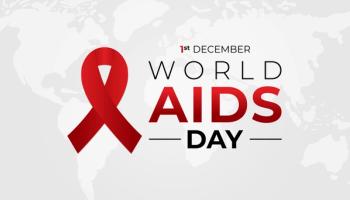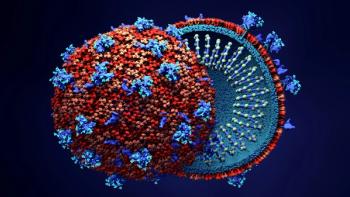
Correlation Between Viral Load and Substance Abuse, Poor Mental Health in HIV-Positive Trans Women in San Francisco
Disparities in mental health adherence in trans women with HIV.
Transgender women are highly stigmatized members of society, and those living with HIV have even more healthcare barriers to overcome. For HIV-positive trans women, these hurdles include mental health issues and drug use. These disparities are particularly evident in San Francisco, where almost a quarter of trans women were virally detectable as of 2020.
A
Participants for this study were recruited through public HIV-care clinics in San Francisco from January to April 2022. Wilson and her team settled on a group of 42 HIV-positive trans women. Within this group, 85.7% were trans women of color, 80.9% were aged 40 or older, 88.1% were low-income, and 47.6% were unstably housed.
The study also found that half of the participants had symptoms of depression and anxiety and almost all used substances. These rates were likely exacerbated by receiving little income and unstable housing situations. However, they were not associated with a higher viral load. Most trans women (66.7%) had an undetectable viral load despite the challenges mentioned above. This may be because treatment adherence was surprisingly high – all but one trans woman was regularly taking HIV medication.
This study did reveal a need for better access to mental health and addiction services for trans women living with HIV. Not all who were previously referred received treatment.
Out of the 56% of individuals referred for mental health services in the past year, 44.4% received care. Of the 26 trans women who tested positive for drug use, 34.6% were referred for care. Only 33.3% received care. The researchers believe this may be due to fear of discrimination or clinic staffing shortages.
“We identified significant unmet mental health and substance use services needs and noted racial/ethnic disparities in the context of high HIV care engagement among trans women living with HIV,” the researchers write. “There is a need for interventions to change the system of delivery for people who face structural barriers so that those most in need are able to be engaged.”
Newsletter
Get the latest industry news, event updates, and more from Managed healthcare Executive.




